Amazon Echo (4th Gen) vs. Amazon Echo (3rd Gen): Should you upgrade?
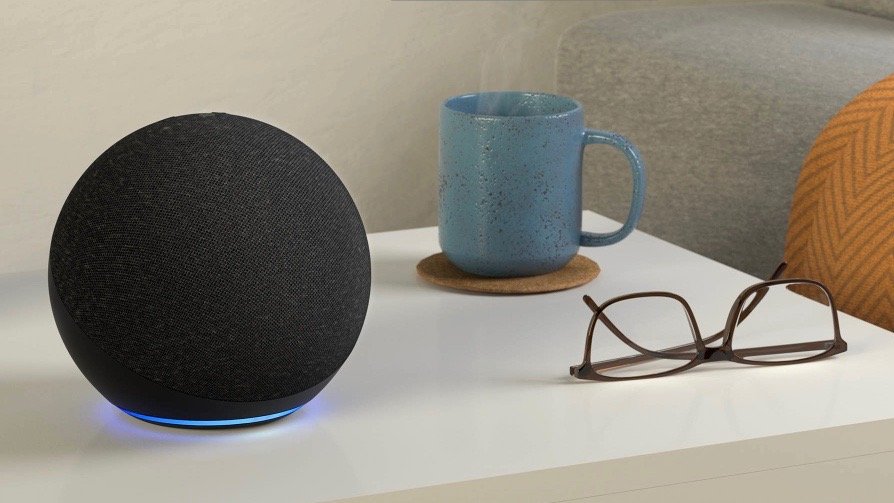
Amazon Echo (4th Gen)
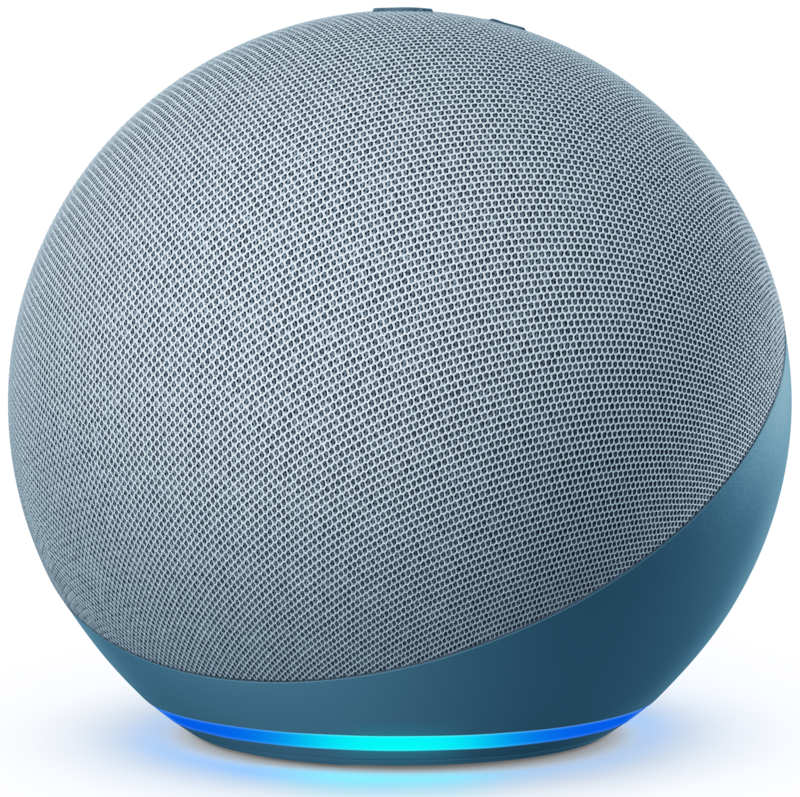
The newest Amazon Echo looks, sounds, and performs better than its 3rd Gen counterpart. The extra tweeter produces better high-end audio, the improved processing chip helps it respond to Alexa commands "twice as fast" as the 3rd Gen speaker, it works with more smart home tech thanks to Zigbee support, and the new design (subjectively) looks much cooler.
Amazon Echo (4th Gen)
Faster commands, better sound
Amazon Echo (3rd Gen)
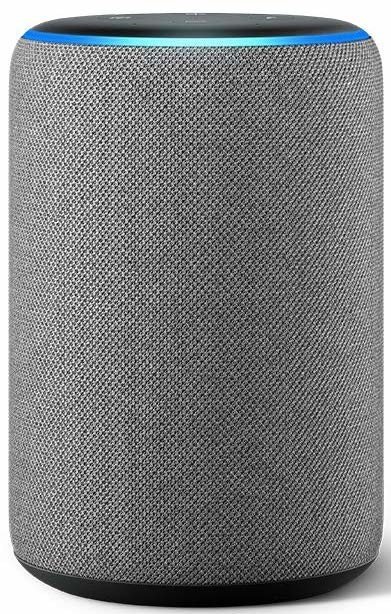
Amazon does a good job of keeping its older Echos patched, so they can access the newest features without having to upgrade. There really isn't a benefit to buying a 3rd Gen Echo today, as the 4th Gen only improved the Echo's specs and features without removing anything. But if you already own one and are satisfied with it, it should stay up to date with new perks like Amazon Sidewalk.
Amazon Echo (3rd Gen)
Forward compatibility
With the 4th Gen Echo speaker arriving in just a couple of weeks, we decided to compare the all-new Amazon Echo versus the Amazon Echo 3rd Gen and help you decide if it's worth upgrading to the new model. The new globe-shaped speaker is slightly larger and heavier, due in part to an extra tweeter for improved audio, and has a redesigned LED. Otherwise, many of the new Echo upgrades are software-based and will be available on the 3rd Gen Echo too.
All-new Amazon Echo vs Amazon Echo 3rd Gen: A physical overhaul
The most striking difference between the two speakers is the 4th Gen device adopting a spherical frame. We don't have our Amazon Echo 2020 yet for a side-by-side photo, but it is half an inch shorter, nearly two inches wider and deeper, and almost half a pound heavier than the Echo 3rd Gen.
Depending on where you keep your smart speaker now, it may be a slightly tighter squeeze than before.
Color variations aside, each speaker shares a similar fabric covering, though the 3rd Gen has a hardtop where the volume, mic off, and action buttons are located. The all-new 4th Gen Echo also places its buttons on top, but set into the fabric itself, making them more subtle and the overall design more uniform.
When Alexa was listening to last year's model, the LED ring lit up just underneath the plastic top, making it very visible. The latest design switches things up and puts the LEDs on the bottom of the sphere, for a more subtle indicator.
Be an expert in 5 minutes
Get the latest news from Android Central, your trusted companion in the world of Android
You don't have to choose: buy a 4th-Gen Echo and pair it with your old Echo for stereo sound.
The back of each Echo has a 3.5mm line in-out port, as well as the power port. You can use the 3.5mm output to connect two Echo speakers for stereo sound. Unless something has changed this generation, all Echo speakers across generations can pair with one another if they're the same model, so if you own an Amazon Echo 3rd Gen, you can purchase the Amazon Echo 4th Gen as use them as a set! You can't pair either one with an Echo Dot or Echo Studio, however.
All-new Amazon Echo vs Amazon Echo 3rd Gen: Superior sound and speed
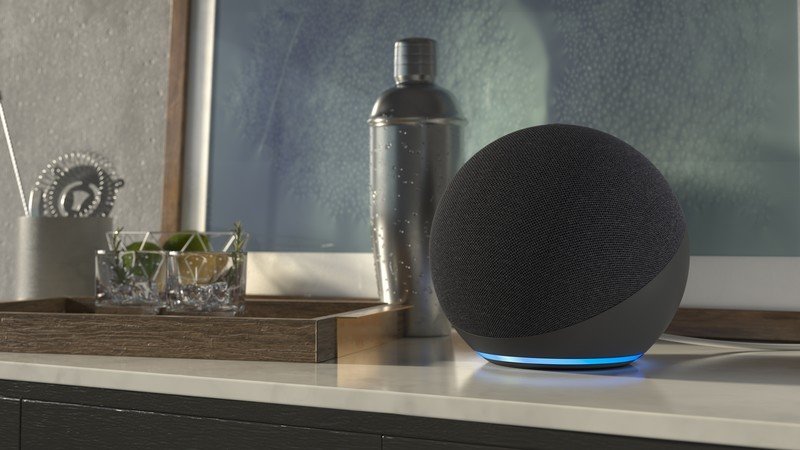
You don't need to do an Amazon Echo teardown to know that the 4th Generation speaker improves on the previous gen's sound by simple addition. Each Echo has a 3-inch woofer, which suggests that Amazon was satisfied with the bass performance in last year's model. The primary change is that the 2020 Echo has two 0.8-inch, front-firing tweeters, while the 2019 Echo has merely one 0.8-inch tweeter, which helps the newer model perform better in high-end sound quality.
The other major upgrade is the new AZ1 Neural Edge processor, which Amazon says provides 20 times less energy usage, 2x faster speech processing, and 85% lower memory usage than the 3rd Generation. Your questions, Skill commands, and Alexa Routines will all work that much faster on the newest speaker.
How much does this really matter to you? Our positive Amazon Echo 3rd Gen review praised the speaker for its improved audio quality compared to the 2nd Gen Echo, and for the usefulness of its Alexa tech. The newer model enhances these areas even further, but you may not need to buy another speaker just to improve in specs that are already high-quality.
All-new Amazon Echo vs Amazon Echo 3rd Gen: Newest features and specs
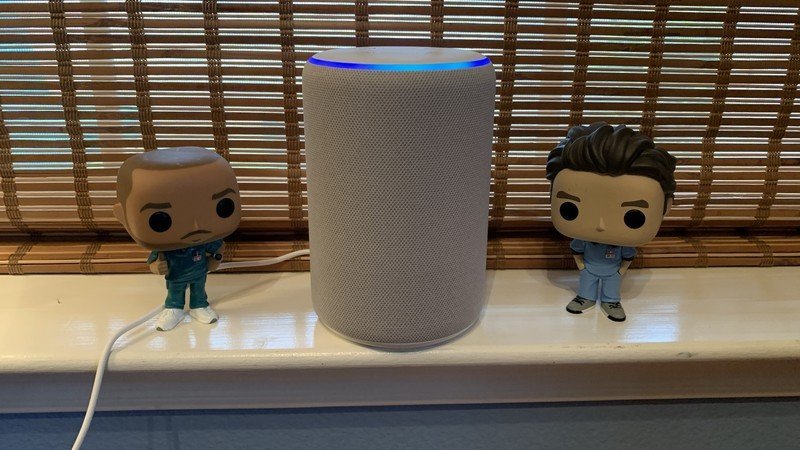
The new Amazon Echo will launch just a few days after the 3rd Generation's one-year anniversary, which is a great reminder that the Echo 3rd Gen is still fairly new! While the Echo 4th Gen makes some great strides, Amazon built it off of similar architecture to its predecessor, which explains why our specs comparison table indicates more shared features than divergences.
| Header Cell - Column 0 | Amazon Echo (4th Gen) | Amazon Echo (3rd Gen) |
|---|---|---|
| Processor | AZ1 Neural Edge | MediaTek MT516 |
| Speakers | 3" woofer, dual front-firing 0.8" tweeters | 3" woofer, 0.8" tweeter |
| Dimensions | 5.7" x 5.7" x 5.2", 2.14 lb | 3.9" x 3.9" x 5.8", 1.7 lb |
| Power adapter | 30W | 30W |
| Colors | Charcoal, Glacier White, Twilight Blue | Charcoal, Heather Gray, Red, Sandstone, Twilight Blue |
| LED indicators | Ring around the base | Ring on the top |
| 3.5mm line in-out | Yes | Yes |
| Bluetooth | 5.0 | 5.0 |
| Wi-Fi | 802.11a/b/g/n/ac (2.4 / 5 GHz) | 802.11a/b/g/n/ac (2.4 / 5 GHz) |
| Voice commands and Alexa Skills | Yes | Yes |
| Alexa Guard Plus | Yes | Yes |
| Smart Home Hub | Zigbee smart home hub | Certified for Humans program |
| Amazon Sidewalk Bridge | Yes | Yes |
| Pair Multiple for Stereo Sound | Yes | Yes |
| Dolby Processing | Yes | Yes |
| Dolby Atmos | No | No |
Both speakers take the same amount of power, have the same dual-band Wi-Fi and Bluetooth capabilities, and support the latest version of Alexa software. You get Dolby Audio with either Amazon Echo, but will need an Echo Studio for Dolby Atmos support or to use your Echo as a TV speaker.
Your older Echo speaker will act as a Guard Plus hub or Sidewalk Bridge, but not a Zigbee smart hub.
Amazon announced some new features to go with the all-new Amazon Echo, such as the Alexa Guard Plus security system, Amazon Sidewalk and voice profiles for kids. But all of these new features will be made available on your old Echo 3rd Gen if you have one, so there are no differences to discuss here.
What is worth mentioning is that the Amazon Echo 2020 brings back Zigbee support, and can act as a smart home hub for a long list of devices. Curiously, Amazon also supported Zigbee on the Echo Plus 2nd Gen, before replacing it with the "Certified by Humans" program for 3rd Gen Echos.
You'll find far more Zigbee-compatible devices than "Certified" devices, making the all-new Amazon Echo a better choice if you want to control smart home tech with Alexa commands.
All-new Amazon Echo vs Amazon Echo 3rd Gen: Upgrade or wait?
Based on our All-new Amazon Echo vs Amazon Echo 3rd Gen specs comparison, we feel the Amazon Echo 2020 offers some respectable, but largely incremental, improvements on last year's smart speaker. The 3rd Gen model doesn't have the same Alexa processing speeds and high-end audio clarity, but still has a similar enough internal OS to handle any new Alexa tech that Amazon throws its way.
The easiest recommendation to make is to buy a 2020 Echo, pair it with your 2019 Echo, and get stereo sound for half the price you'd normally have to pay. But if you're wondering whether the new Echo is a vital smart speaker upgrade, that's more subjective.
The new Amazon Echo has already supplanted the 3rd-Gen Echo as the best 2020 Alexa device. Still, they're not so vastly different that you couldn't enjoy the model you have now and wait one more year for a 5th-Gen Echo instead. But, if you want to build up your Zigbee smart home or frequently listen to music on your Echo, the newer model will be worth your while.

Alexa went to the gym
Whether you prefer your Alexa speaker for voice assistant questions or for quick access to music, the all-new Amazon Echo is an upgrade either way. The new processing chip doubles the response time to your queries, and the new tweeter makes this Echo the best yet for your favorite playlists.
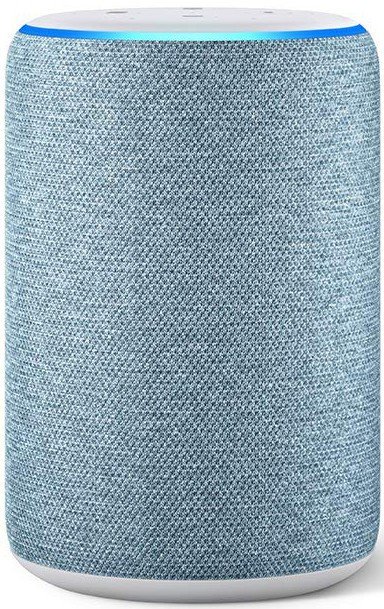
Can be a Sidewalk Bridge
Thanks to Amazon keeping its older tech up to date, you can happily stick with a 3rd Gen device and still get solid Dolby audio quality from your Bluetooth devices, the latest Alexa voice commands and control over Amazon's new security devices. If you're buying a new speaker, however, go with the 4th Gen instead.

Michael is Android Central's resident expert on wearables and fitness. Before joining Android Central, he freelanced for years at Techradar, Wareable, Windows Central, and Digital Trends. Channeling his love of running, he established himself as an expert on fitness watches, testing and reviewing models from Garmin, Fitbit, Samsung, Apple, COROS, Polar, Amazfit, Suunto, and more.
